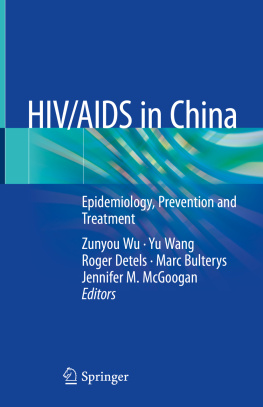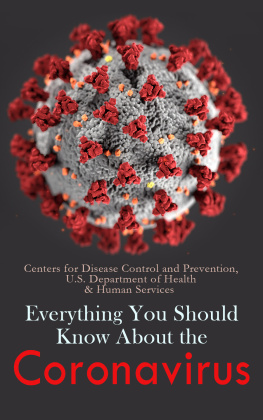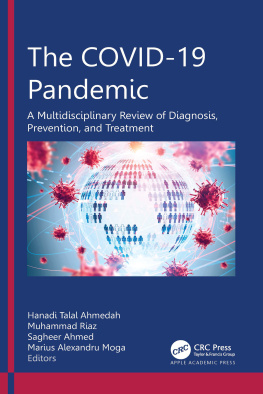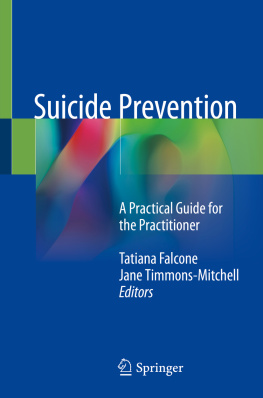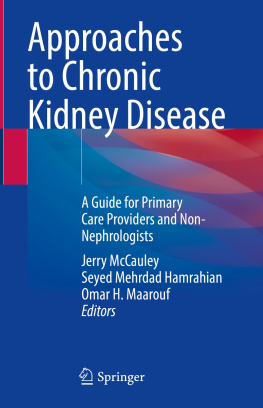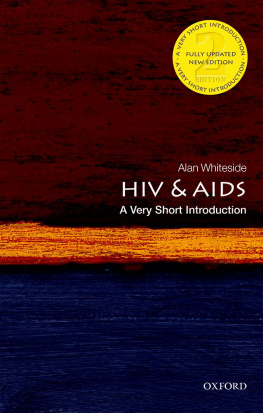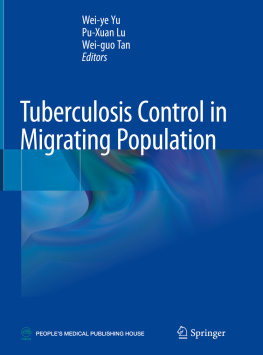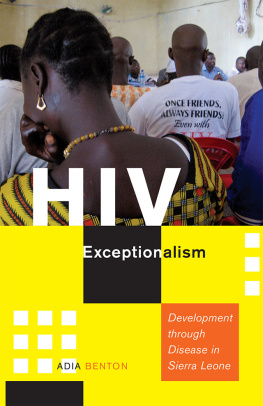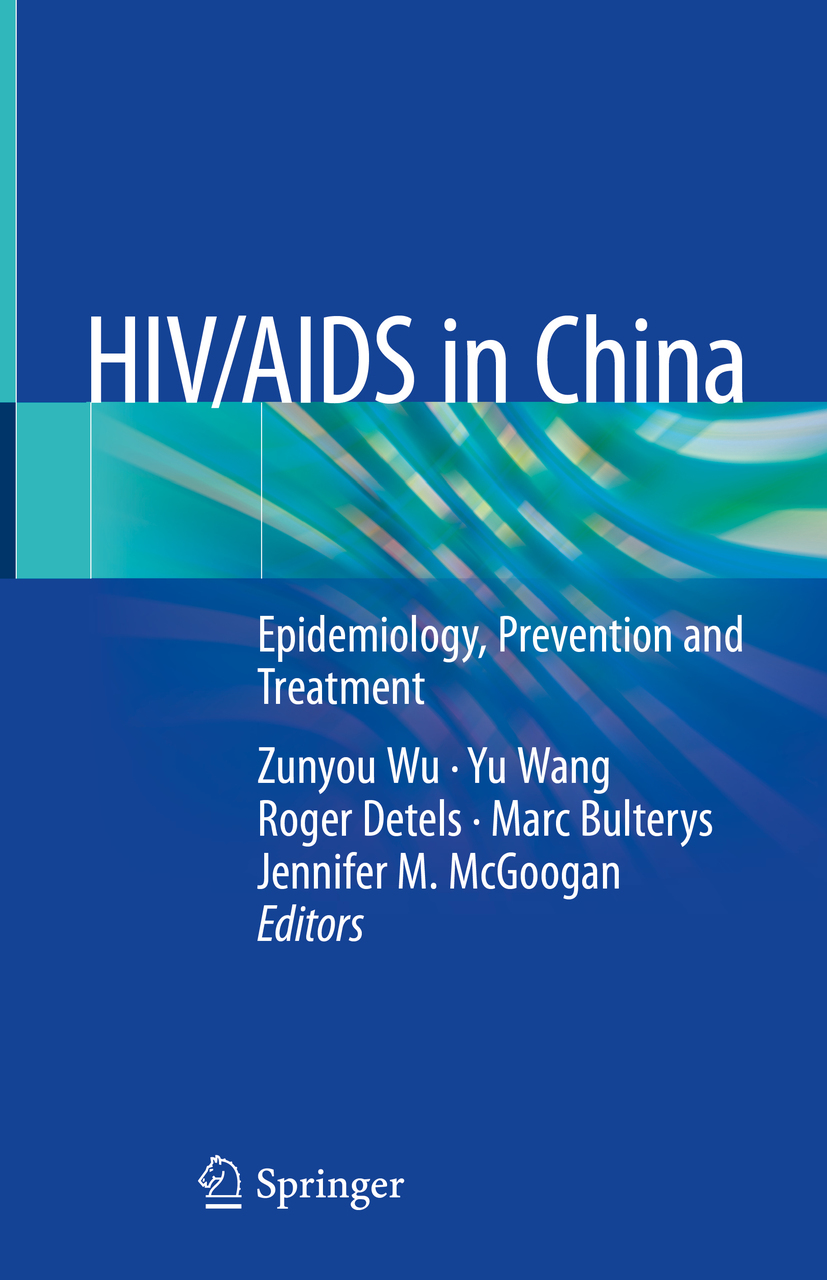Editors
Zunyou Wu
National Center for AIDS/STD Control and Prevention (NCAIDS), Chinese Center for Disease Control and Prevention (China CDC), Beijing, China
Yu Wang
Chinese Center for Disease Control and Prevention (China CDC), Beijing, China
Roger Detels
Department of Epidemiology, Fielding School of Public Health, University of California, Los Angeles, CA, USA
Marc Bulterys
U.S. Centers for Disease Control and Prevention, Global AIDS Program, China Office, Beijing, China
Jennifer M. McGoogan
National Center for AIDS/STD Control and Prevention (NCAIDS), Chinese Center for Disease Control and Prevention (China CDC), Beijing, China
ISBN 978-981-13-8517-9 e-ISBN 978-981-13-8518-6
https://doi.org/10.1007/978-981-13-8518-6
Springer Nature Singapore Pte Ltd. 2020
This work is subject to copyright. All rights are reserved by the Publisher, whether the whole or part of the material is concerned, specifically the rights of translation, reprinting, reuse of illustrations, recitation, broadcasting, reproduction on microfilms or in any other physical way, and transmission or information storage and retrieval, electronic adaptation, computer software, or by similar or dissimilar methodology now known or hereafter developed.
The use of general descriptive names, registered names, trademarks, service marks, etc. in this publication does not imply, even in the absence of a specific statement, that such names are exempt from the relevant protective laws and regulations and therefore free for general use.
The publisher, the authors and the editors are safe to assume that the advice and information in this book are believed to be true and accurate at the date of publication. Neither the publisher nor the authors or the editors give a warranty, expressed or implied, with respect to the material contained herein or for any errors or omissions that may have been made. The publisher remains neutral with regard to jurisdictional claims in published maps and institutional affiliations.
This Springer imprint is published by the registered company Springer Nature Singapore Pte Ltd.
The registered company address is: 152 Beach Road, #21-01/04 Gateway East, Singapore 189721, Singapore
Introduction
Over the last three decades, China has experienced rapid social and economic transitions. During this period, China has moved from a closed country to an open country and moved from one of least developed countries in the early 1980s to now having the second largest gross domestic product (GDP) in the world. The rapid developments in aviation domestically and internationally, highways, and railway, including speed trains, have facilitated the movement of large numbers of people internally and externally. Housing in cities has moved from primarily being publicly owned to now completely privately owned. China has shifted from a purely socialist to now a more capitalist-like country. China has risen from being a low-income country (19871996) with all its people equally poor to a lower-middle-income country (19972009) and today an upper-middle-income country (20102017, The World Bank 2018), with many billionaires and millions of poor people. The rich have become richer, and the gap between the rich and the poor has widened significantly.
Social and economic changes have brought large population movements. For example, Shenzhen was once a very small fishing village with less than a thousand people, but thanks to its strategic location on the northern border of Hong Kong, it has developed into one of the richest and most well-developed cities in China with more than 20 million people and many large international companies. Many of Chinas small cities have become bigger cities. Many of Chinas youth and young adults have moved from rural villages to urban cities. The social norms and lifestyles of Chinese people have significantly changed. Drug use has returned to China, and the resurgence of traditional opioid drugs has quickly evolved into polydrug use and use of synthetic, stimulant club drugs (Sun et al. 2014; Zhao et al. 2004). Promiscuity and risky sexual behavior have also returnednow, almost half of Chinas population (47% overall, 57% of men and 37% of women) is estimated to have multiple sexual partners in their lifetimes (Huang et al. 2014), 4.5% of women and 11.5% of men reported engaging in noncommercial extramarital sex, and 5.5% of men reported commercial sex in past 12 months (Zhang et al. 2012).
Not surprisingly, dozens of outbreaks of emerging and reemerging infectious diseases have recently occurred in China, including severe acute respiratory syndrome (SARS), coronavirus (Cheng et al. 2007), Streptococcus suis (Feng et al. 2014), syphilis (Chen et al. 2011), avian flu (Parry 2013), and severe fever with thrombocytopenia virus (SFTSV) (Li 2013). Most came fast and disappeared quickly. However, human immunodeficiency virus (HIV) came to China and has not left (Cui et al. 2016; Pisani and Zhang 2017; Zeng et al. 1986).
Unique Epidemics of HIV/AIDS in China
The epidemiology of HIV/AIDS in China is quite unique. Five years after the first cases of acquired immunodeficiency syndrome (AIDS) were reported by the US Centers for Disease Control and Prevention (CDC), the first AIDS case was found in Chinaa foreign traveler in 1985.
Neither the government officials nor the public believed that HIV/AIDS would become a public health threat in China. However, scientists did not believe that there were no HIV infections in China. Virologists and epidemiologists started to search and finally found the first cases of HIV infection among four patients with hemophilia who had used imported factor VIII from a US pharmaceutical company in 1983 (Zeng et al. 1986). Although this important scientific finding did not change the perceptions of the risk of an HIV epidemic in China, it did highlight the importance of ensuring the safety of blood products, which spurred the Chinese Government to immediately issue a new policy banning the importation of all blood products.
Thus, in the mid-1980s, China was still very cleanthere was almost no drug use, almost no or at least no visible commercial sex, and no overt homosexual activity. The links between drug use and risky sex and HIV infection were based on US epidemiological data. The Chinese still believed that an HIV epidemic could not possibly happen on their soil. So, when the first HIV outbreak was accidentally found among people who inject drugs (PWID) in Ruili, Dehong Prefecture, Yunnan Province, in 1989, scientists, public health specialists, government officials, and the public were all shocked. On the one hand, it was only 146 cases. On the other hand, 146 was a sudden, huge jump from zero. Either way, the Chinese could not accept it.
After the identification of this first outbreak, two false beliefs that were common among the government officials and public health specialists caused several lost opportunities to control the then-small-scale HIV/AIDS epidemic in its early stages. The first of these was that China was not a drug-consuming country. Rather, police and public security officials believed that China was just another country on the route that smugglers used to traffic drugs from the Golden Triangle to the West. This misperception led Chinese officials and public health leaders to believe that only a very small number of people in a very small border region could be affected and, therefore, it should not cause much concern. The second false belief was that the geography where the outbreak occurred would naturally contain it. The 146 HIV cases were found in the far end of the southwest corner of the country in a remote, rural area, where infrastructure was poor and travel over distances was difficult and very slow. People who lived there were generally considered isolated from the rest of China. This misperception led Chinese officials and health and public health leaders to believe that the epidemic would not spread and become a national threat and, similarly therefore, it should not cause much concern.

